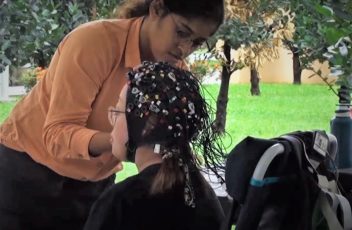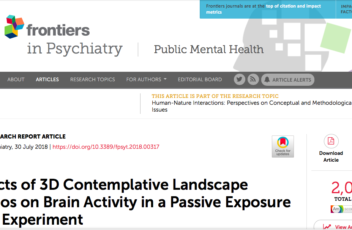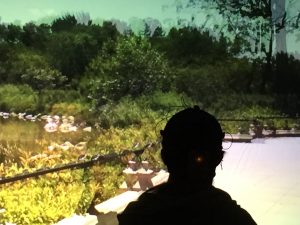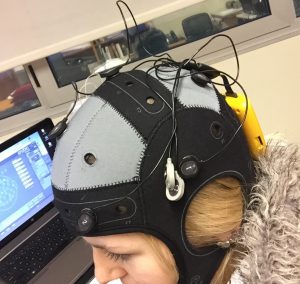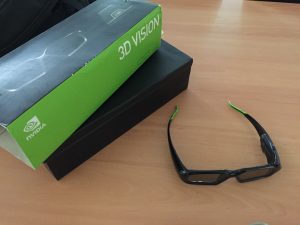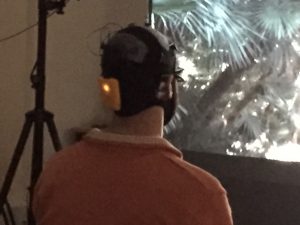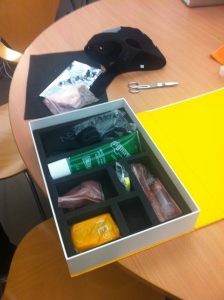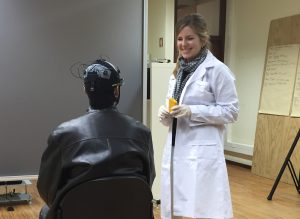@import url(https://neurolandscape.org/wp-content/plugins/siteorigin-panels/css/front-flex.min.css); #pgc-2907-0-0 { width:100%;width:calc(100% – ( 0 * 30px ) ) } #pl-2907 #panel-2907-0-0-0 { } #pl-2907 .so-panel { margin-bottom:30px } #pl-2907 .so-panel:last-child { margin-bottom:0px } #pg-2907-0.panel-no-style, #pg-2907-0.panel-has-style > .panel-row-style { -webkit-align-items:flex-start;align-items:flex-start } @media (max-width:780px){ #pg-2907-0.panel-no-style, #pg-2907-0.panel-has-style > .panel-row-style { -webkit-flex-direction:column;-ms-flex-direction:column;flex-direction:column } #pg-2907-0 > .panel-grid-cell , #pg-2907-0 > .panel-row-style > .panel-grid-cell { width:100%;margin-right:0 } #pl-2907 .panel-grid-cell { padding:0 } #pl-2907 .panel-grid .panel-grid-cell-empty { display:none } #pl-2907 .panel-grid .panel-grid-cell-mobile-last { margin-bottom:0px } }


